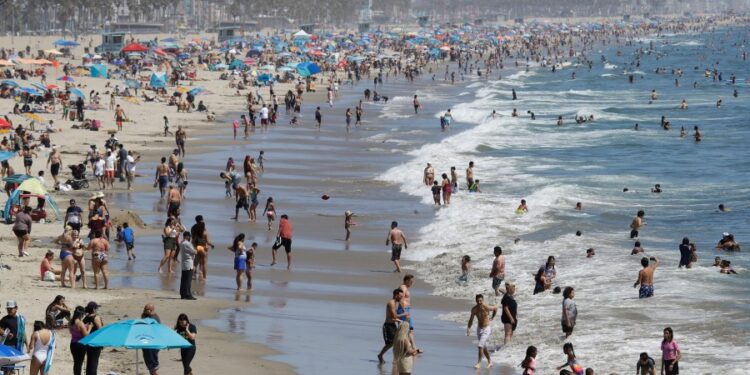
Imagine Southern California without its stunning beaches along the Pacific coast.
It’s hard to do; the wide, sandy expanses full of sunbathers and volleyball players are an enormous part of the area’s image, especially when seeking to draw tourists.
But if you came to the area a century ago, you wouldn’t have to imagine. Many of today’s popular spots didn’t exist back then.
Outside of small stretches of sand in Santa Monica and Venice, the edges of the ocean were almost all rocky areas.
And where the sand did exist, “the beaches were so narrow that you could barely walk along them at high tide,” lsa Devienne, an assistant professor of history in the U.K., told the BBC.
Devienne, who recently published the book “Sand Rush” on this very topic, said her research shows that beaches near L.A. used to only be between 75 and 100 feet wide. Today, that figure is closer to 500 feet in many areas.
What changed? An appetite for the sandy beaches of Miami.
“Santa Monica wanted to establish itself as the resort city for the rich and famous. These beach cities had big ambitions,” she said.
While the transfer of millions of pounds of sand worked then and continues to provide beautiful beaches in Southern California, that may not be true for too much longer, Devienne said.
Climate change-fueled erosion is lapping away at the artificial sand dunes, meaning that by 2100, as much as 2/3 of SoCal beaches could be gone, a study found.







